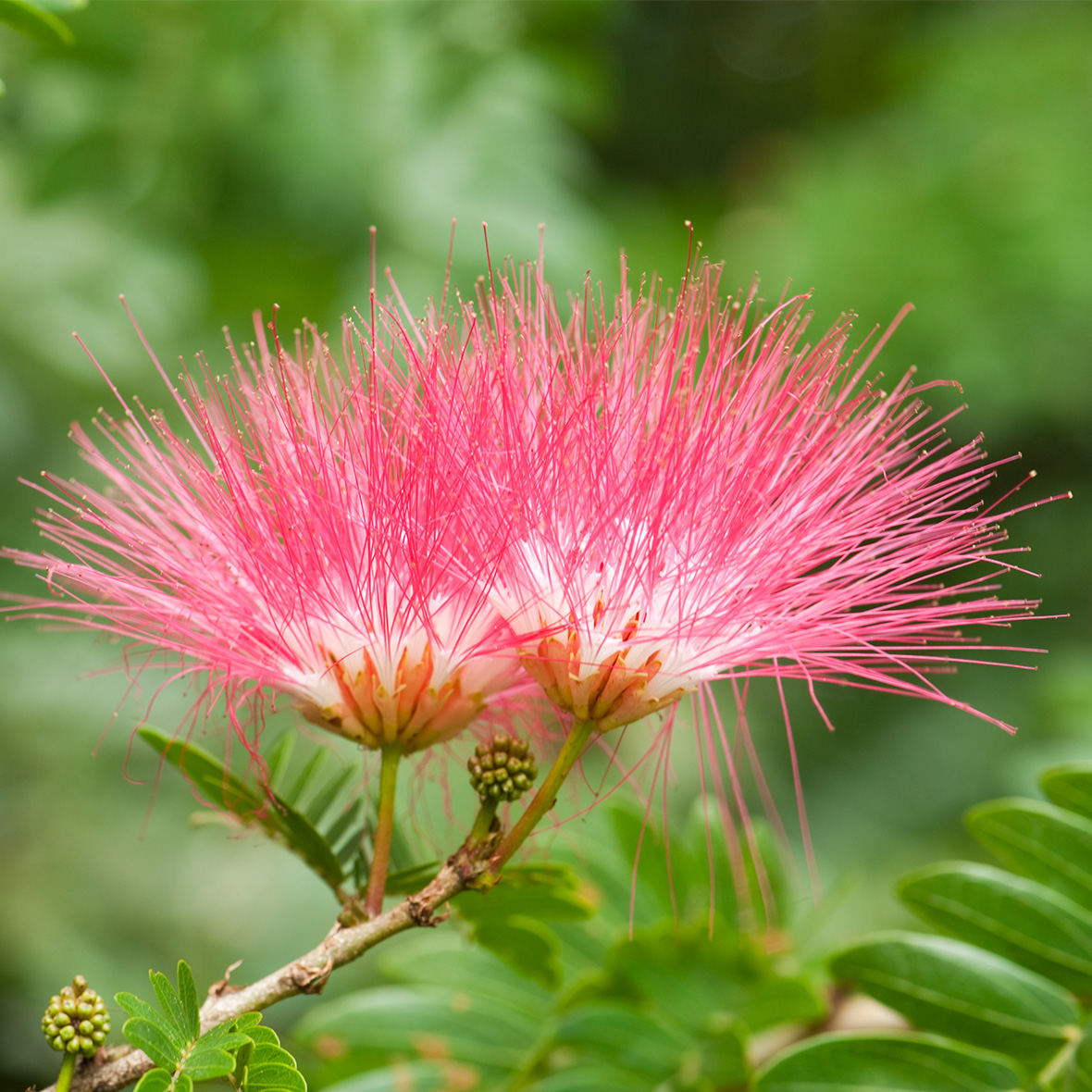
Persiansilktree
This flower is commonly posted to plant identification groups, as it is widely cultivated as an ornamental tree, and the tree is quite striking for its horizontal canopy and the dainty leaves and flowers. The Persian Silk Tree (Albizia julibrizzin) is native to the Middle East and Asia, but has been introduced to Europe and Australia, and is considered to be an invasive species in some parts.
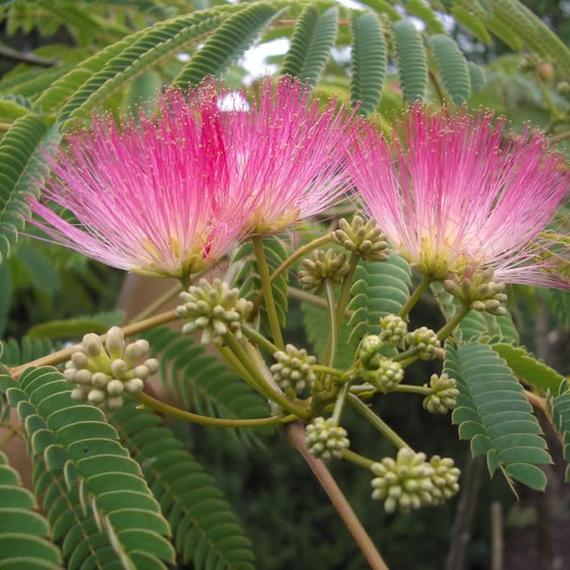
'Persian Silk Tree' 10" Pot Hello Hello Plants & Garden Supplies
The Persian Silk Tree or Mimosa Tree (Wholesale) Valued for its pinkish feathery foliage, and long silky flower stamens in creamy white to pinks in summer Albizia julibrissin is a good as a shade tree or screen tree. A large deciduous shrub to small tree, widely spread in its native habitat from Iran through Asia to China.
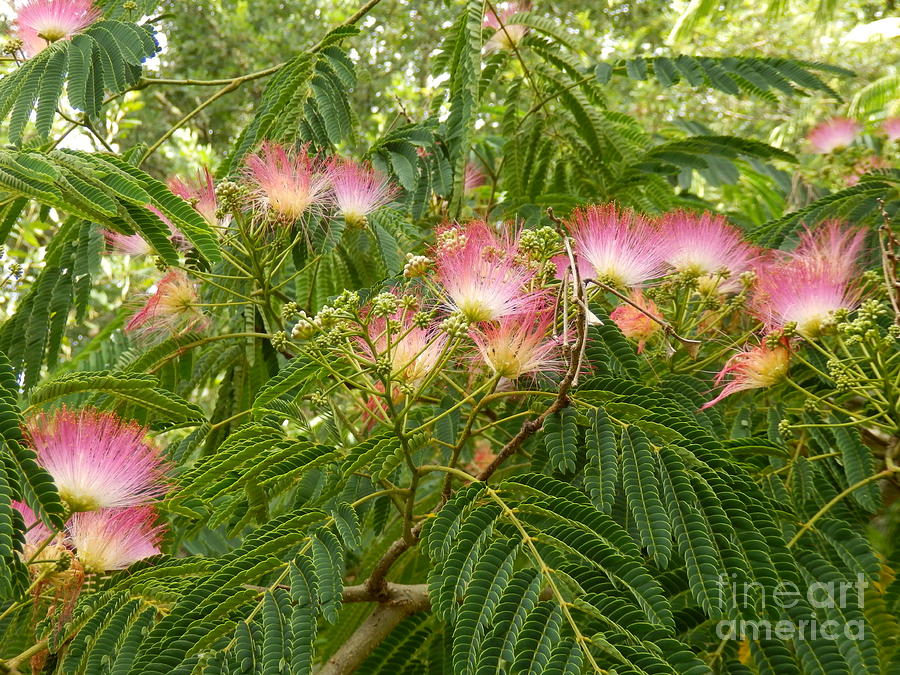
Persian Silk Tree Photograph by Stephen Farhall
Persian Silk Tree Botanic Name Genus: Albizia Species: julibrissin Variety: Rosea Type: Tree Family: FABACEAE Origins: Iran to China Light: Full Sun to Part Shade Wind: Wind/Salt tolerant Growth: Fast Frost: Marginal Evergreen: Yes Native: No Height: 6 m Width: 2 m Position Feature Pots & Planters RETAIL Availability Easy to find Flower Colour
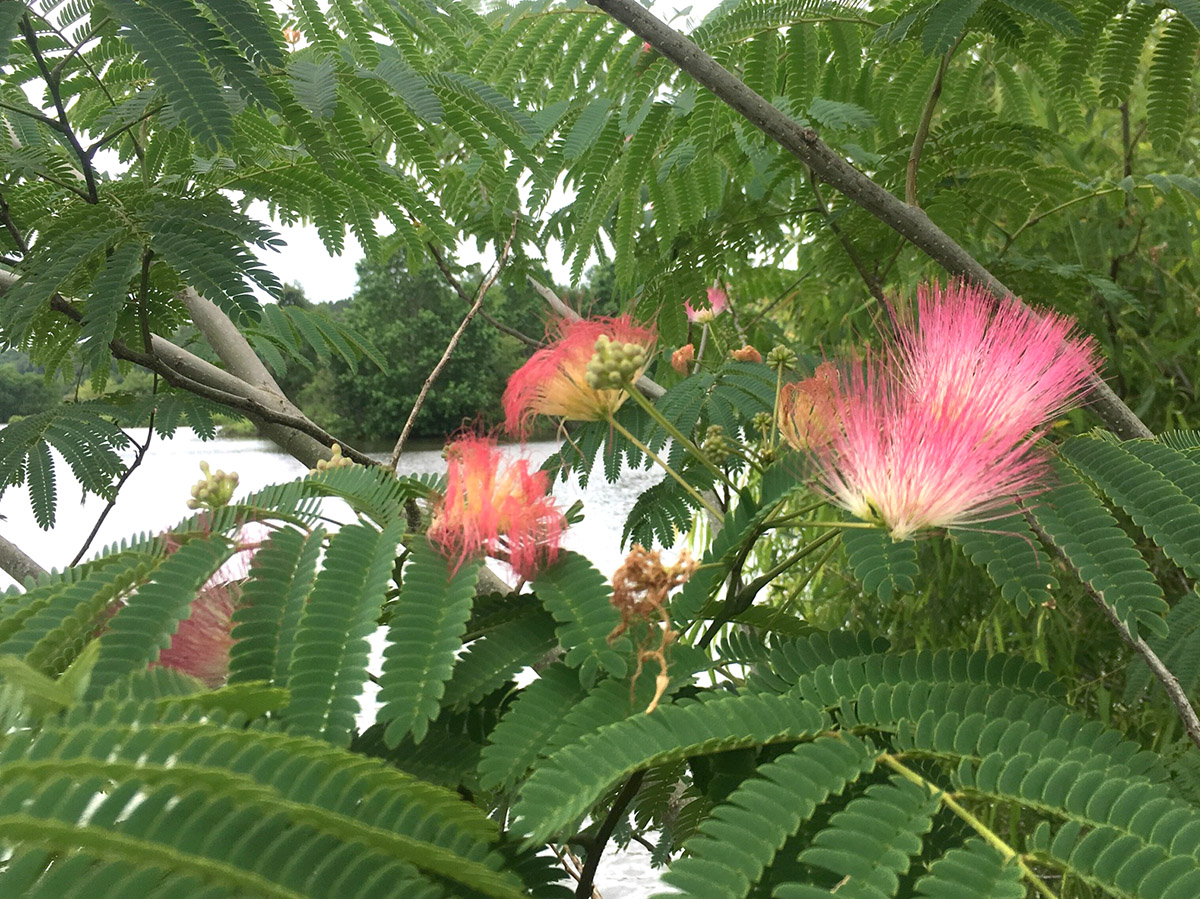
Persiansilktree
Forest 6 - Persian Silk Tree - National Arboretum Holiday Opening Hours The Village Centre & Bonsai Collection will be closed on 25 December 2023. The Arboretum grounds, including POD Playground, forests, gardens, walking and cycling trails will be open to the public as usual.

Facts About the Persian Silk Tree and Tips for Care Owlcation
8. Albizia lebbeck. Forest and Kim Starr Albizia lebbeck. As mentioned above, this plant is sometimes susceptible to diseases in its native Northern Australia, and it is also indigenous to Indomalaya and New Guinea. It can grow to a height of between 18 and 30 m with the trunk being as wide as 1 m.

Mimosa PERSIAN SILK TREE Julibrissin 120 300 Australia ubicaciondepersonas.cdmx.gob.mx
Silk trees need just enough water to keep moist; they will even tolerate a short period of drought. A 2 inch (5 cm.) layer of mulch will help to protect the tree and keep the soil moist. If you are getting regular rainfall, it is not necessary to water your tree. Fertilize your tree with compost or organic fertilizer in early spring before the.

silk tree) blooming Pentax User Photo Gallery
Albizia is a genus of more than 160 species of mostly fast-growing subtropical and tropical trees and shrubs in the subfamily Mimosoideae of the family Fabaceae. The genus is pantropical, occurring in Asia, Africa, Madagascar, America and Australia, but mostly in the Old World tropics. In some locations, some species are considered weeds .
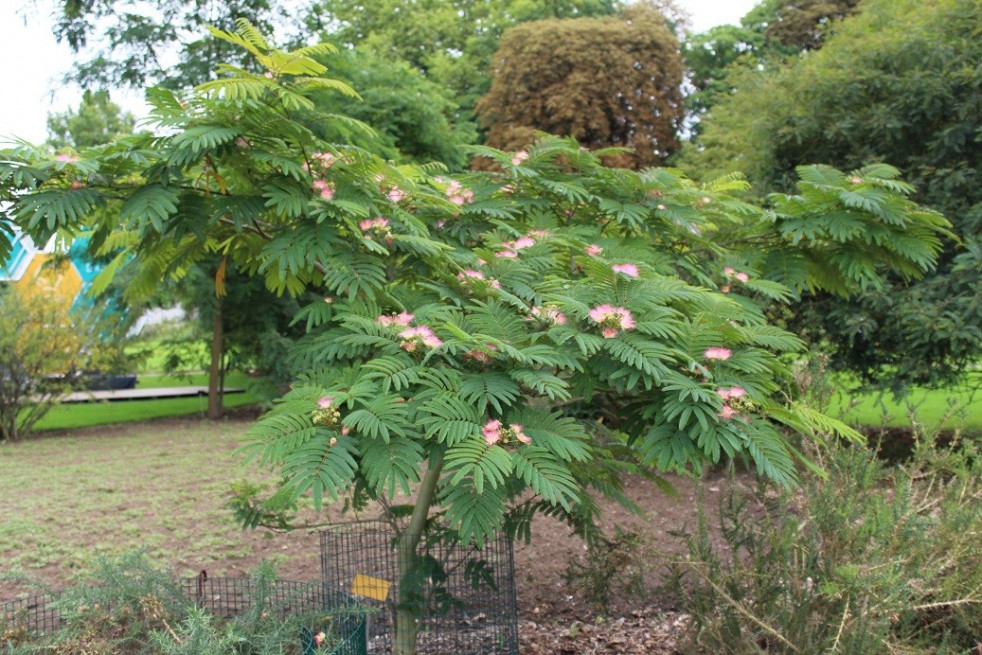
Persian silk tree pink silk tree Julibrissin
Description Albizia julibrissin - Persian Silk Tree DESCRIPTION: HEIGHT: 5.0m WIDTH: 4.0m *height & width at maturity FORM: Spreading crown FOLIAGE: Fine and feathery mid green foliage. Leaves fold up at night and during wet weather FLOWERS and FRUIT: Pink pom pom like flowers appear on top of branches in summer. BARK: GROWTH RATE: Fast
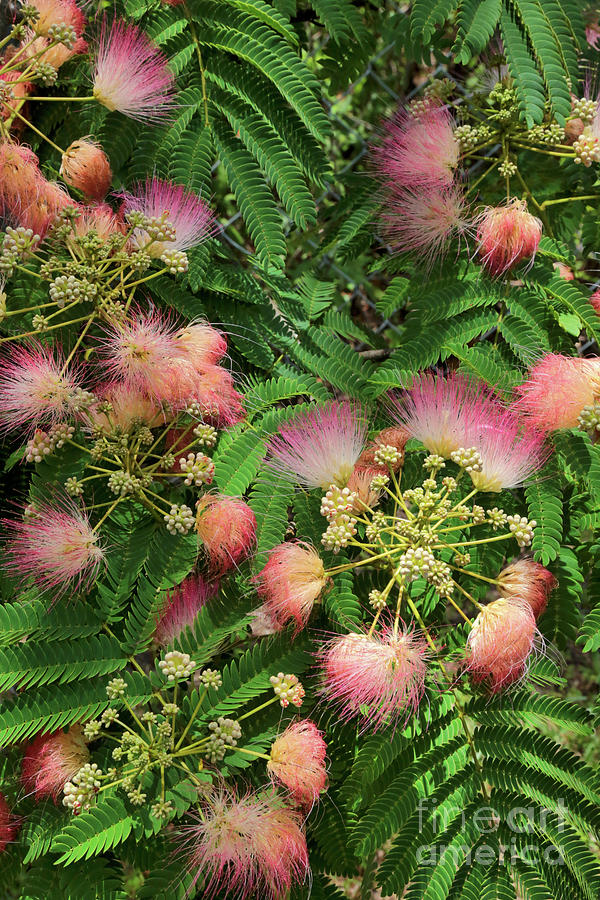
Persian Silk Tree Photograph by Carol Groenen
Albizia julibrissin, known variously as the pink siris, the Persian silk tree, the sleeping tree, or (incorrectly) as a mimosa, is a common ornamental garden and street tree. It has a graceful, elegant shape reminiscent of a jacaranda or acacia, with smooth light brown or grey bark and feathery, bright green leaves.

pink mimosa tree PlantFiles Picture 45 of Silk Tree, Mimosa Tree, Pink Siris, Persian
Albizia julibrissin, the Persian silk tree, pink silk tree, or mimosa tree, is a species of tree in the family Fabaceae, native to southwestern Asia and eastern Asia.. The genus is named after the Italian nobleman Filippo degli Albizzi, who introduced it to Europe in the mid-18th century. It is sometimes incorrectly spelled Albizzia.The specific epithet julibrissin is a corruption of the.
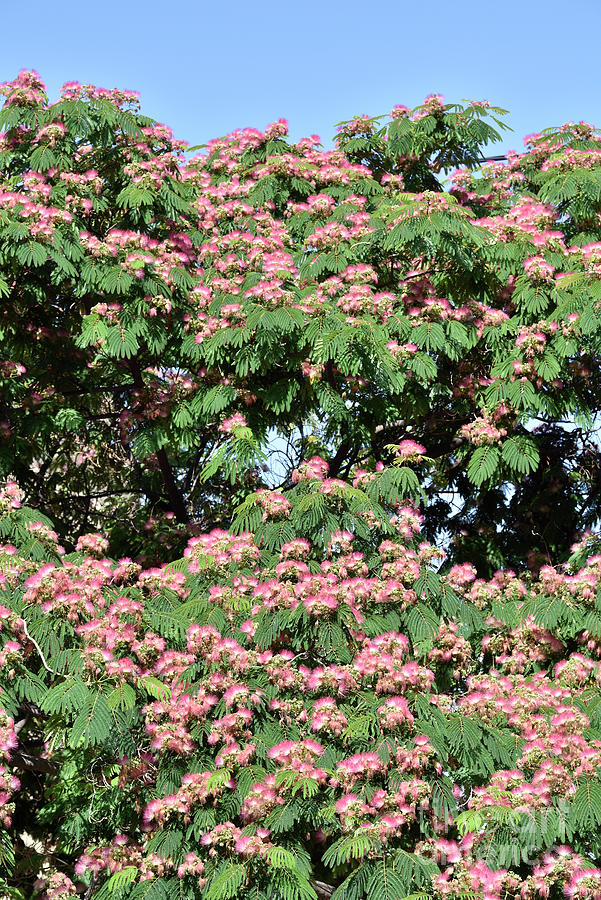
Persian silk tree Photograph by Atsametakis Pixels
Persian Silk Tree (Albizia julibrissin) photograph by Jim, the Photographer. Silk trees range from small to medium in height. Although they can grow to just 15 to 25 feet (4.5 to 7.5 m) tall, their arching tendencies do require a little bit of space to accommodate their umbrella-like width.
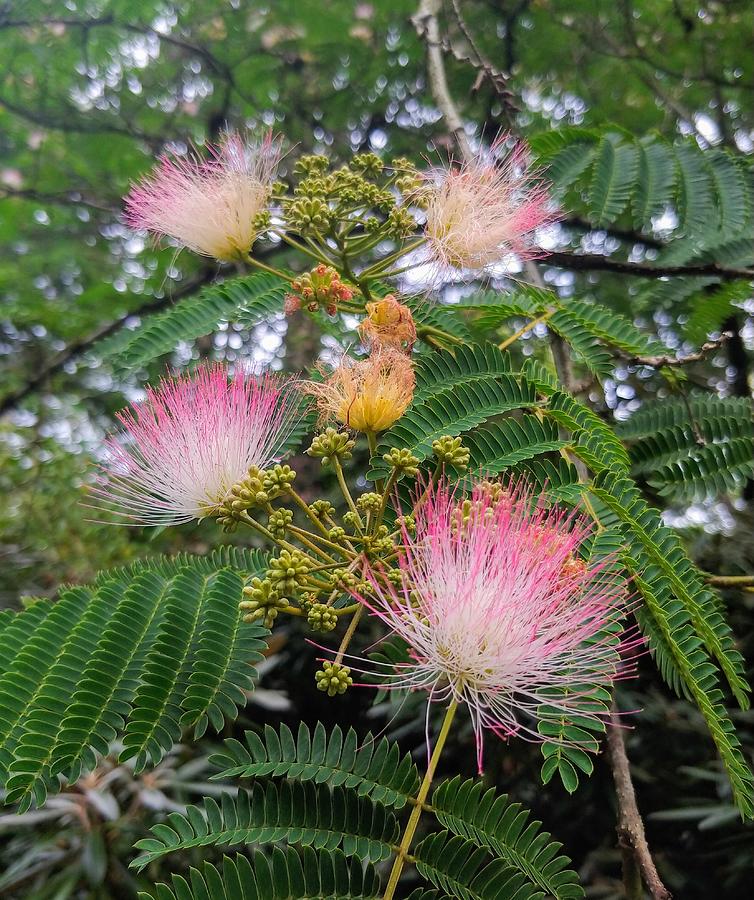
Persiansilktree
The Persian silk tree ( Albizia julibrissin), hails from the Middle East and Asia and features fern-like leaves and exotic-looking flowers. On each leaf, there are tiny leaflets that close when touched or as the sun sets. The stunning pink flowers that initially drew attention towards the silk tree inspire the origin of its common name.
:max_bytes(150000):strip_icc()/growing-persian-silk-trees-albizia-julibrissin-5094178-04-127ded764375430daa8ac9fe9d3a9453.jpg)
How to Grow Silk Trees Julibrissin) (2022)
The ornamental Persian Silk tree is usually a very attractive and beautiful sight. It is a deciduous tree, that is, it shed its leaves during the fall, and new leaves come in the spring. It has lovely leaves like ferns. They are multi-compound leaves.
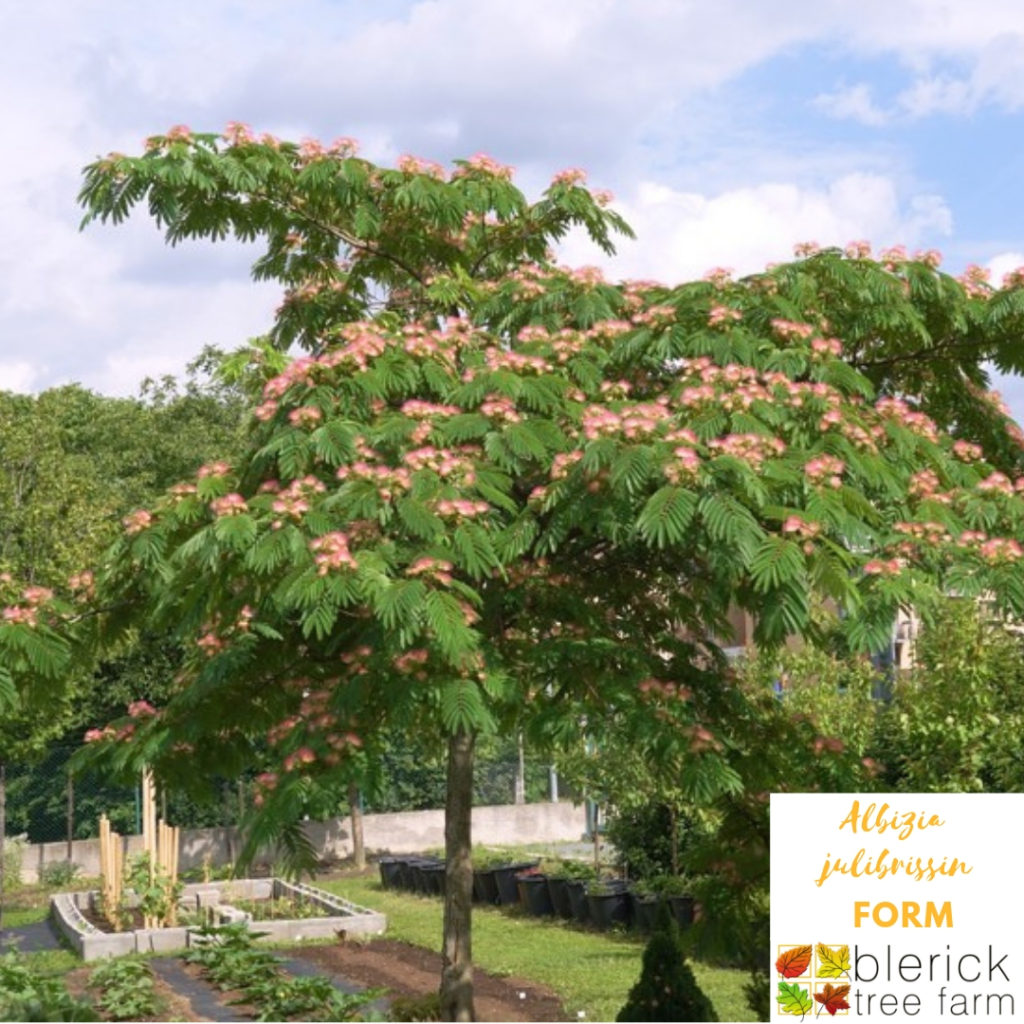
julibrissin Persian Silk Tree Blerick Tree Farm
Julibrissin 1. Uses. Mostly planted as a feature or specimen tree. Is great for parks and gardens. Also suitable for colder climate gardens, should cope with frosts and light snow. Position & Soil. Prefers a position in full sun or part shade in most soil types as long as moist. Will cope with low-water once established.
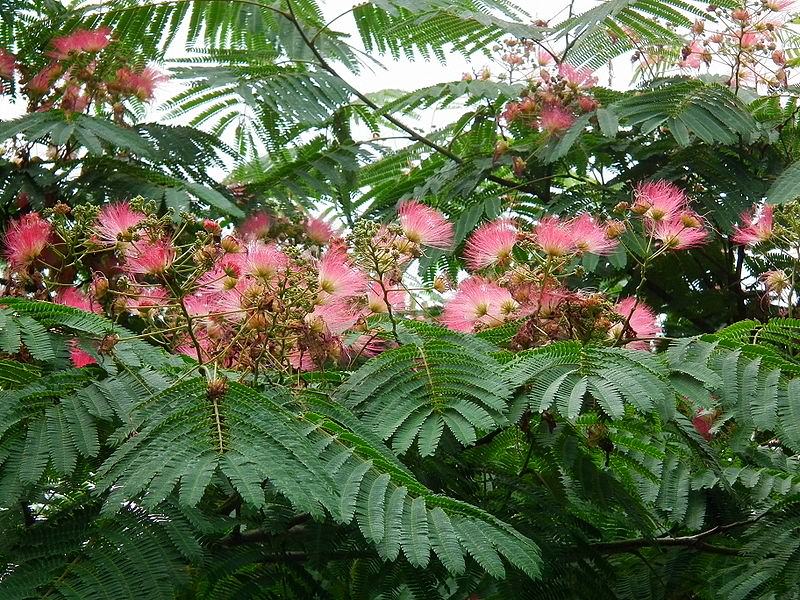
Persian Silk Tree Forestart
Australia. Choose a region. Australian Capital Territory ». Persian Silk Tree Common name; Not Sensitive; Exotic; Medium Weed or Pest; 654m Recorded at altitude; Machine learning;

Persian silk tree care, flowering & more Plantura
The Albizia, commonly known as the 'Persian Silk Tree' or 'Mimosa Tree', is a beautiful, fast-growing deciduous tree known for its delicate, feathery foliage and fragrant, fluffy pink flowers. Originating from Asia, it typically reaches heights of 6-12 meters.